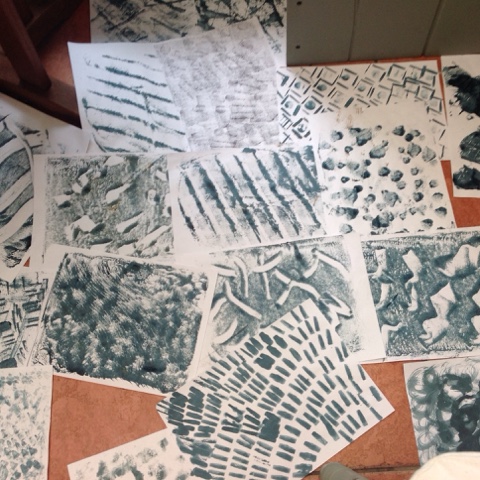I hope I have a wide enough selection of tones and patterns for all the exercises in future chapters.
Now to get the fabrics prepared. After my feedback from Sian I have been looking at alternative methods of dying. I quite fancied natural dyes but you still need mordants and fixatives and lots of the plants used are poisonous and require careful handling incase of allergic reactions. So I have decided to keep going with the procion dyes I have used before, but I will be avoiding the use of bleach as this does affect my skin quite badly. I also have everything else I need here already.
My last attempt at dying was not a great success, but after re reading the chapter I can see why, I had submerge the shibori and the tie dye pieces into the dye bag rather than dipped and painted it on. I ended up with dark grey pieces of fabric with very little pattern on some and none on others. So it's time to start again. Oh well that means a few happy hours hand stitching which I love.
Thank you Sian for the email message, it has given me the boost I needed to pick things up and get motivated again.





































